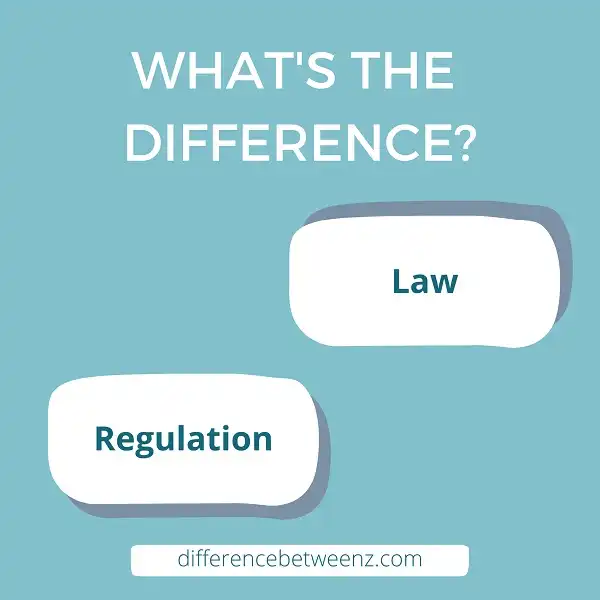Law vs. Regulation
Difference between Law and Regulation: – Many times we see that the terms “law” and “regulation” are used in the same sentence, hence many are confused and believe that it is exactly the same, when in fact it is not. These words differ from one another in several ways that must be known in order to avoid using them in a different way.
If you have doubts about it or want more information about the difference between law and regulation, continue reading, because then we explain it to you.
Difference between Law and Regulation
Law
A law is a rule or guide that has been established by the social institutions that govern and work with the control of the behavior of the citizenship, that is, it is made by the official governments that are elected by the people that belong to a determined nation.
In other words, the law is what dictates what people should or should not do, knowing that they will receive a penalty if they do not comply. It is for this reason that before a law is accepted it must go through a process of revision in which the legislative representatives vote so that in the end by means of the vote it is decided whether or not it is approved.
The process described above varies depending on the system of government that governs in each country, for example, if it is an autocratic government it is the leader or ruler who dictates the laws, while within a democracy it is not the ruler who determines the laws to apply; but these are put to the vote and those who vote are the representatives of the people who work in the various governmental areas. There are several types of laws, for example: civil laws, criminal laws and international laws.
Regulation
A regulation can be defined as a monitoring process aimed at enforcing the laws and written instruments that contain the laws.
The regulations establish limits between the rights and duties of citizens. They can be presented in different ways, either as a legal restriction, contractual obligation, self-regulation, co-regulation, certification, or accreditation, among others. In short, the regulations ensure or explain the details for the laws or legislation to take effect. These are the responsibility of the executive.


